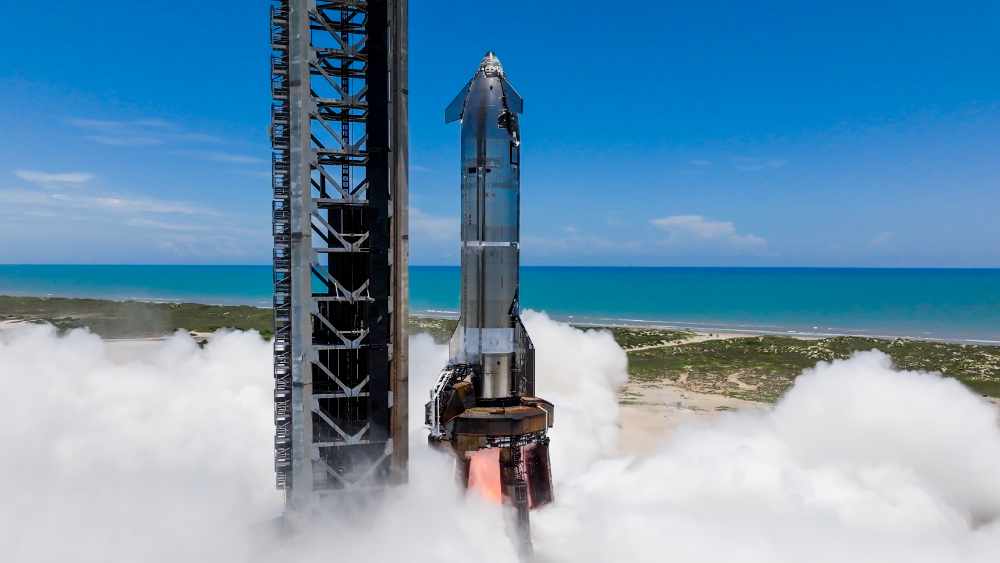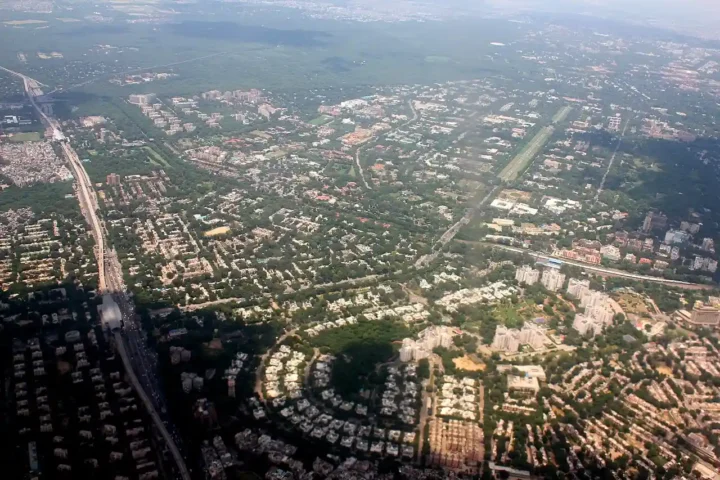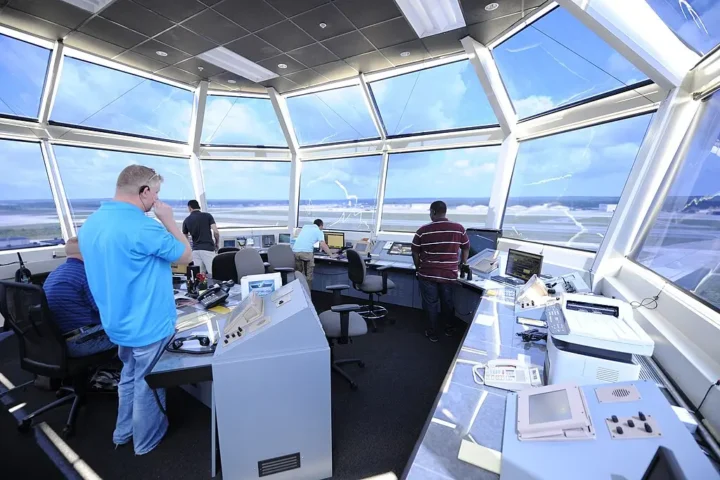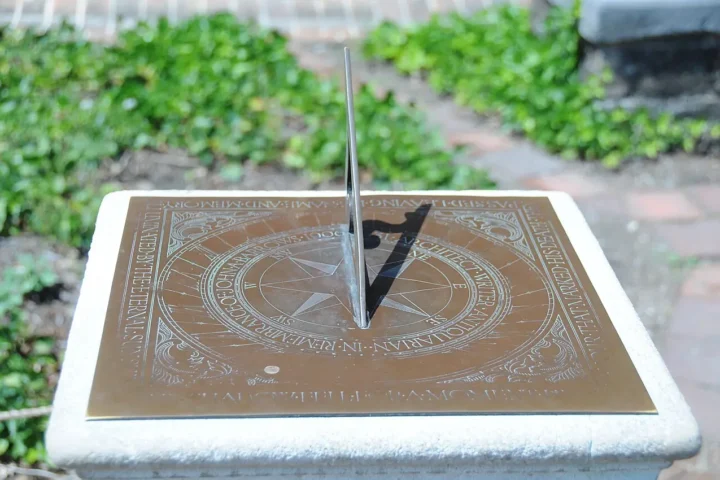SpaceX has unveiled a major redesign of its massive Starship rocket that aims to stop the spacecraft from failing during test flights. The most significant change involves removing one of the four grid fins from the Super Heavy booster rocket and making the remaining three fins 50% larger and stronger.
“Best part is no part,” SpaceX CEO Elon Musk commented on social media about the reduction in fins.
The redesign comes after several unsuccessful test flights in 2025. During Flight 9 in May, the Super Heavy booster failed to return safely and crashed into the Gulf of Mexico. The upper stage Starship continued flying but eventually exploded over the Indian Ocean. In June, another setback occurred when Ship 36, originally intended for Flight 10, exploded during ground testing.
SpaceX identified specific technical problems behind these failures. The Flight 9 mishap was traced to “a failure on the main fuel tank pressurization system diffuser,” according to company statements. For the June explosion of Ship 36, investigations found that damage to a composite overwrapped pressure vessel (COPV) in the payload section was the culprit.
The newly redesigned grid fins serve as crucial control surfaces that help steer the massive rocket as it returns to Earth. These honeycomb-patterned fins are positioned lower on the booster to protect them from the intense heat of the Starship’s engines during stage separation. The internal components of the fins, including the shaft and actuator, are now housed inside the booster’s main fuel tank for added protection.
Similar Posts
The redesigned fins will also play a key role in SpaceX’s recovery strategy. They feature a new catch point addition that aligns with the launch tower’s mechanical arms, designed to catch the returning booster mid-air. This setup eliminates the need for a separate landing pad.
The FAA has closed its investigation into the Flight 9 mishap and cleared SpaceX for its next launch attempt. Flight 10 is now scheduled for August 24, with a launch window opening at 7:30 p.m. EDT from SpaceX’s Starbase facility in Texas. The test will use Ship 37 and Booster 16, both Block 2 variants of the evolving launch vehicle.
Flight 10 aims to accomplish several objectives that previous missions couldn’t complete. After stage separation, Starship will attempt to deploy eight Starlink satellite mass simulators, perform an in-space Raptor engine relight, and execute a controlled splashdown in the Indian Ocean. The Super Heavy booster will attempt its own controlled splashdown in the Gulf of Mexico.
These tests come as SpaceX faces growing pressure to demonstrate the reliability of Starship, which NASA plans to use as the lunar lander for the Artemis 3 mission to the Moon in 2027. The spacecraft is also central to Musk’s vision of eventually sending humans to Mars, with ambitious plans to launch uncrewed missions to the Red Planet as early as 2026.
Of the nine Starship test flights so far, none has fully achieved all mission objectives from launch to landing, making the upcoming test a critical step for the program’s future.



















